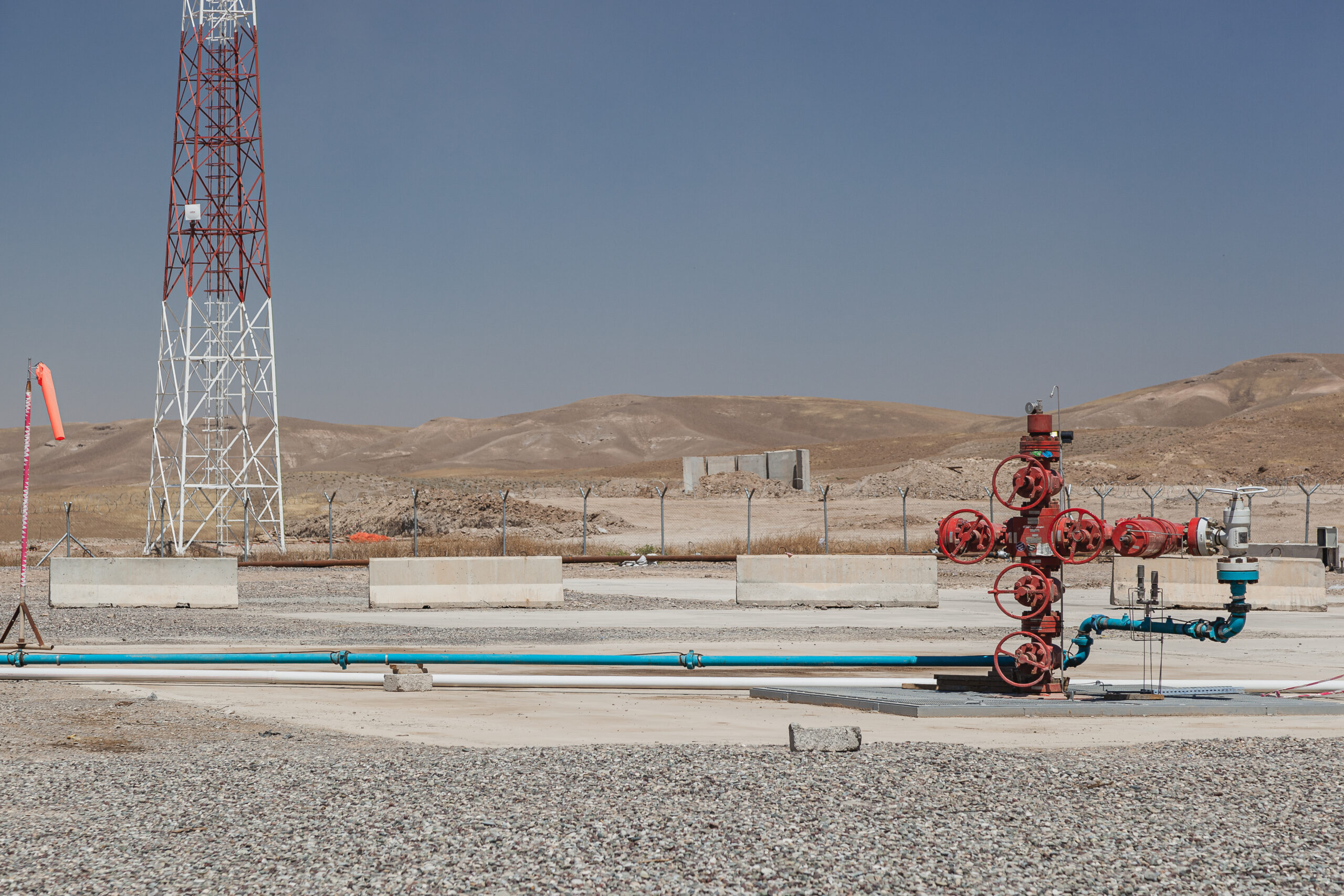Cheaper to switch from coal to green than to gas: study
The declining cost of renewable energy technologies and battery storage coupled with rising volatility in prices for fossil gas has boosted the economics of renewables further. Analysis carried out by TransitionZero found it is now cheaper to switch from coal to green than from coal to gas in power generation.

New analysis by TransitionZero, a data provider supporting climate action, has found that the carbon price required to switch from existing coal plants to existing gas in power generation has so far averaged US$ 235/tCO2 in 2022. By comparison, the carbon price to switch from existing coal plants to new solar PV or onshore wind plus battery storage was USD –62/tCO2 (i.e. negative).
This represents a 99% decline in the carbon cost of switching from coal to clean energy since 2010, according to TransitionZero. It recently launched a Clean Carbon Price Index (C3PI) which is aimed at approximating the carbon price required to support an electricity system predominantly supplied by variable renewable energy.
The analysis found, however, that there were significant geographical variations in the cost of switching to renewables. In Europe, a sharp increase in prices for carbon allowances under the EU’s Emissions Trading System (ETS) in recent years, supported by regulatory reforms reducing the number of available allowances, and coupled with volatile coal prices following Russia’s invasion of Ukraine, means that the coal-to-clean switching cost is in fact negative.
However, the situation looks different in many other major economies, including the US, Japan and China. These nations have announced net zero targets by no later than 2050 or, in the case of China, before 2060. But getting rid of coal seems a major challenge.
“Due to discriminatory regulations and land-use constraints, Japan has one of the highest coal-to-clean fuel switch prices. China and the US are world leaders in renewable energy, but lower domestic coal prices partially offset these cost advantages,” said TransitionZero in a note authored by Matt Gray, its co-founder and co-CEO.
The note added that, in Southeast Asia, the costs of switching to renewables are influenced by subsidies for coal and gas, as well as renewable energy being a nascent industry compared to many other countries.
The EU has announced a ban on coal imports from Russia from August this year. However, a tight global gas market could mean that more Russian coal will find its way to other buyers, for example in Asia. Volatile gas prices have also increased gas burn in Europe and the fuel may have to step in short-term if there are further disruptions to Russian gas supply.
Nevertheless, all regions show a clear deflationary trend in the cost of switching from coal-to-clean, according to TransitionZero. This calls into question the estimated 615 GW of gas and 442 GW of coal-fired power plants under construction and proposed globally, it said.
Price volatility: not just for gas and coal
Economic growth and supply shortages boosted prices for fossil fuels in the second half of 2021, and the volatility has continued into 2022 amid Russia’s attack on Ukraine and Western sanctions on Russian energy. Moscow’s demand for gas payments in rubles led to supplies to Poland and Bulgaria being completely cut off.
To this end, TransitionZero said that zero-carbon technologies are not immune to supply chain volatility. However, it noted that materials used for renewable technologies are unlikely to suffer from the same volatility as fossil fuels due to the fact they have near-zero marginal costs.
“For this reason, these technologies need to be at the heart of supply-side strategies to reduce the impact of the energy crisis,” said the note.
According to TransitionZero, a number of policy reforms are needed in order to further accelerate the deployment of renewable technologies in line with climate ambitions under the Paris Agreement.
For example, price discovery in regulated electricity markets is distorted by technology-specific power purchase agreements (PPAs) and subsidies for coal, gas and end-user electricity prices.
“These market distortions tend to prevent least-cost outcomes and delay the adoption of competitive technologies, such as wind, solar, and battery storage,” the note said.
Moreover, cash-to-close policies will likely be required to phase out coal-fired generation in regulated markets. Based on TransitionZero’s analysis, nearly 3,000 coal units would need to be replaced between now and 2030 globally.
As for deregulated markets, TransitionZero said they tend to suffer from a lack of investment, owing to weak demand-side engagement from a lack of product differentiation and risks related to high capital costs and long project timescales. It said both regulated and deregulated markets need to urgently reform permitting processes for renewables generation in order to shorten lead times.
According to WindEurope, the Brussels-based industry association, the permitting lead time for onshore wind deployment can take up to 10 years. A number of European countries, including Germany and Poland, are planning to introduce reforms to reduce permitting times.
“While the political will to deploy more capacity is clear, permitting is a key bottleneck slowing deployment and increasing the cost of zero-carbon sources of electricity generation,” said the note. “The permitting reforms required vary by region and technology, but generic constraints include complex rules, slow procedures and inadequate staffing.”



